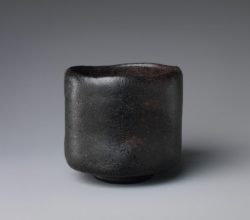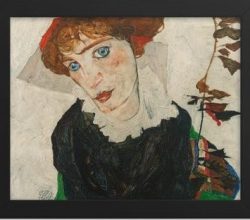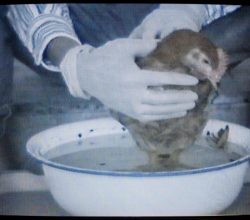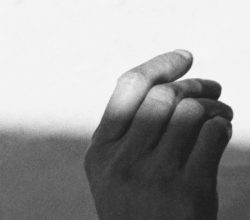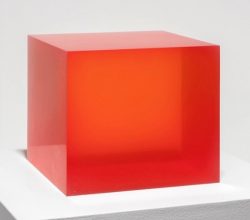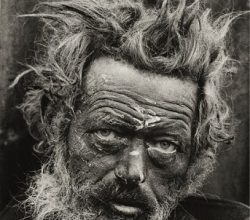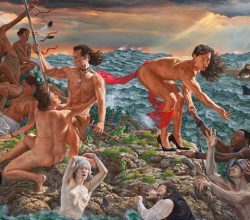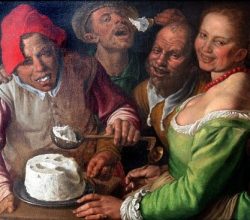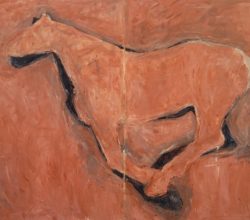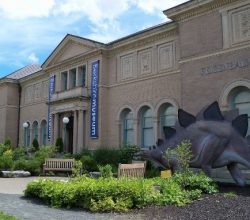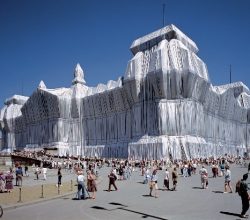
Christo, 1935-2020
Hans Ulrich Obrist | Surface | 31st May 2020
Christo said of his monumental works “We borrow space and create gentle disturbances for a few days”. He saw them as “unbelievably useless, totally unnecessary”. Christo and his wife completed 23 such projects, many taking decades to organize, in the process changing perceptions of public art. Few carried any explanation beyond Christo’s desire to express “joy and beauty”. This writer adds “hey, who doesn’t want to witness a miracle?”

